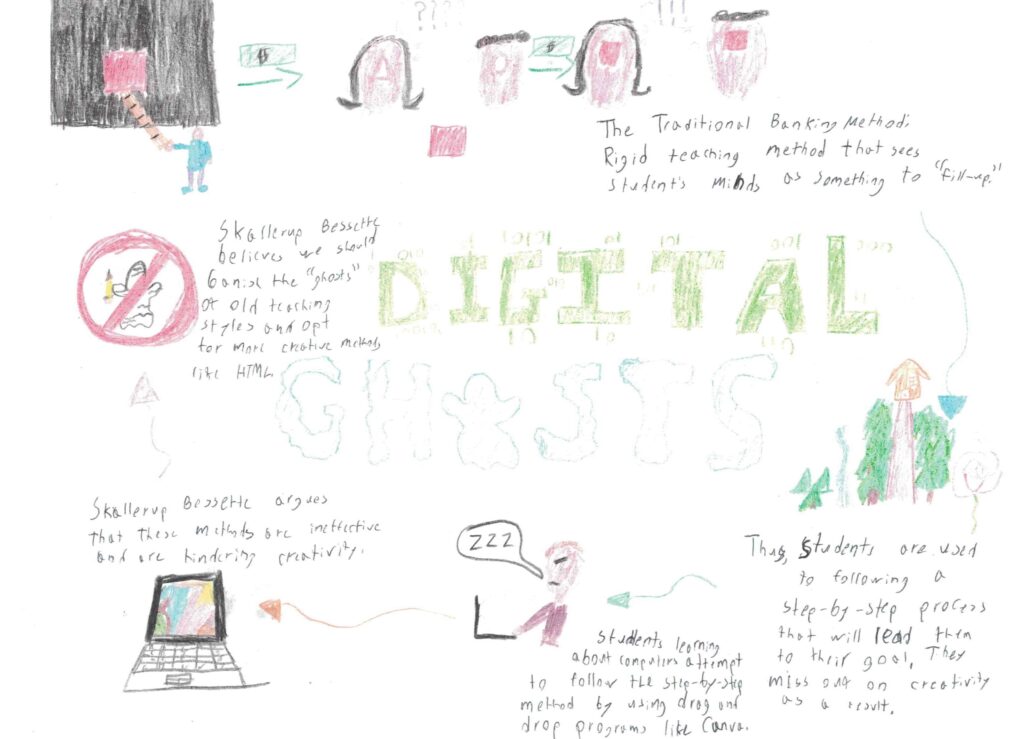The Technologist Module is a step-by-step guide on how to design, create, and then implement technology into a classroom setting. It outlines various methods that educators can use to utilize technology, and provides many resources that can aide in the creation/usage of a tech platform. To present my findings on the module, I utilized the artifact of a twitter essay.
I found twitter to be a very good format for submitting this essay style. It was good too be able to condense different parts of the module into individual, easy to read tweets. The format allows users to compartmentalize their thoughts, but still make one coherent thread. I find Twitter to be very simple, useful, and accessible. I will certainly be using Twitter in my future classrooms.
In my personal opinion, I think the technologist module breaks up a process that is already internalized for the majority of people living in the information age. It reminds me of a game we used to play at school where we had to break down making a PB&J sandwich into the smallest, most specific steps possible (first, walk to your kitchen, then open the drawer, then grab a knife etc). The module seems to preach many unnecessarily specific steps making it occasionally difficult to read.
However, I can understand that the module may be more beneficial for older teachers who do not have a solid grasp on technology. For the technologically illiterate the specific breakdown the module provides would likely be very beneficial.
I think that the best part of the module is the resources it provides. The program is very useful for bringing together ideas from educators all over Ontario. I will certainly be accessing the module in the future to utilize the plethora of resources on the website and possibly even be making contributions.
Overall, I like the concept of the module and what it can do for teachers. It’s most helpful aspect is the collaboration that it provides. I will be gathering materials from the module for as long as possible.




